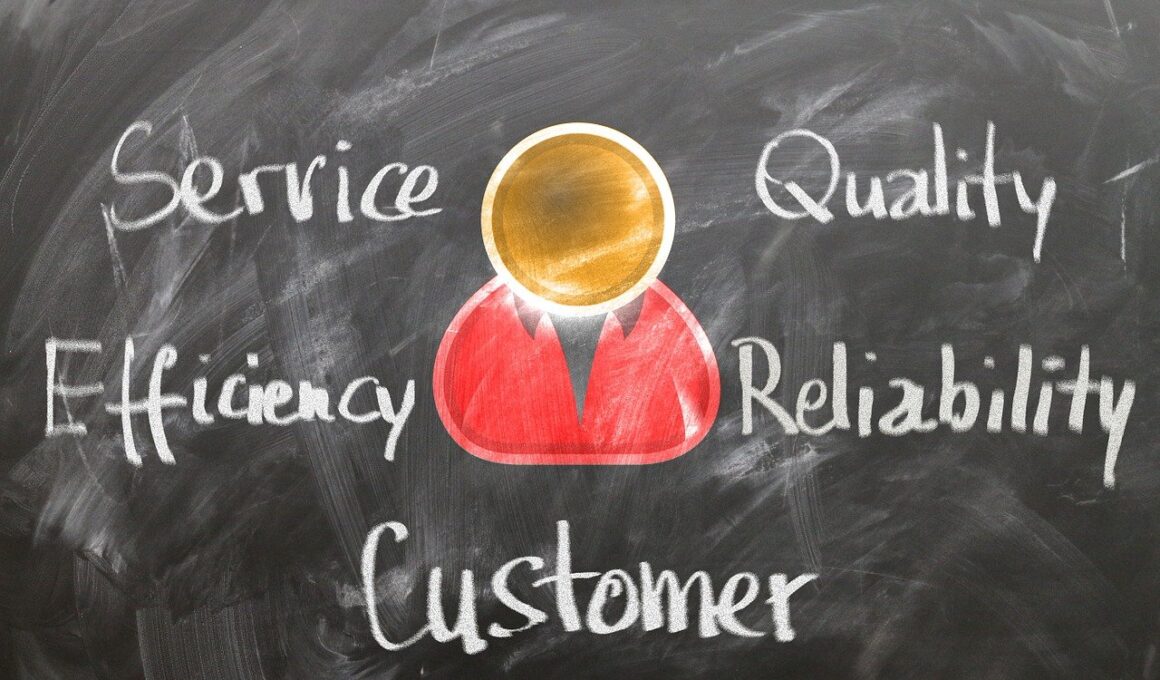Understanding Churn Rate and Its Impact on Business Growth
The churn rate, a key metric in customer retention strategies, quantifies the rate at which customers discontinue their relationship with a business. Understanding this metric helps organizations grasp the underlying reasons for customer attrition. High churn rates can significantly affect revenue streams and overall business viability. Various factors contribute to customer churn, including inadequate customer service, poor product quality, or the availability of better alternatives in the market. Companies must analyze the churn rate to develop effective retention strategies. By addressing customer concerns and enhancing their experiences, businesses can improve loyalty and minimize churn. Implementing feedback loops, where customer input is actively sought and acted upon, can reveal essential insights into customer satisfaction levels. Additionally, companies can employ data analytics to track customer behavior and identify patterns leading to attrition. These approaches will empower businesses to refine their offerings and tailor their messaging accordingly. Ultimately, a thorough understanding of churn rate equips organizations with the necessary information to combat customer loss and foster sustainable growth.
Why is Churn Rate Important?
The churn rate plays a pivotal role in understanding customer retention metrics, as it acts as a direct indicator of customer health and business success. When churn rates rise, it signals more than just losing customers; it indicates underlying issues that could threaten a business’s long-term sustainability. Tracking this metric allows businesses to pinpoint problematic areas, whether in product delivery, customer support, or engagement strategies. Moreover, a high churn rate can demoralize teams and lead to revenue stagnation or decline. It is essential for leadership to communicate the significance of churn and encourage proactive measures within their teams. By openly discussing churn metrics, organizations can motivate employees to contribute to retention initiatives. In turn, this fosters a culture of accountability and ownership. Teams can then create targeted campaigns aimed at re-engaging customers who may have left or are on the verge of leaving. Therefore, viewing churn rate not solely as a negative metric, but as a critical lens for improvement, allows businesses to navigate challenges effectively and capitalize on opportunities for growth.
Calculating Churn Rate
The calculation of churn rate is straightforward yet powerful. It is typically determined by dividing the number of customers lost during a specific period by the total number of customers at the start of that period. The formula is as follows: Churn Rate = (Customers Lost / Total Customers at Start) x 100. This simple formula captures essential data on customer retention. For example, if a company starts with 1,000 customers and loses 50 over a month, the churn rate would be (50 / 1000) x 100 = 5%. This percentage provides valuable insight, yet it’s crucial to contextualize it against industry standards. Different businesses can have varying churn rates depending on market dynamics and customer expectations. Thus, understanding relative performance within the industry is vital for meaningful comparisons. Tracking changes in churn rate over time also assists in evaluating the effectiveness of retention initiatives. A steady or decreasing churn rate can suggest that customer loyalty strategies are finally paying off, highlighting the importance of ongoing assessment of retention tactics.
Factors Influencing Churn Rate
Numerous factors influence churn rate, and businesses must identify these elements to devise effective retention strategies. Customer dissatisfaction often stems from poor service and unfulfilled expectations regarding product or service quality. Additionally, communication plays a key role in customer retention; businesses that fail to regularly engage or solicit feedback from customers are more likely to experience higher churn. Furthermore, customer experience significantly impacts churn. If customers encounter obstacles during their journey with a company, they may be quick to leave for competitors offering more streamlined processes. Competitive pricing and value perception also weigh heavily in churn decisions. Consumers continually reassess the return on their investments and may churn if they perceive better deals elsewhere. Finally, external factors such as economic downturns or shifts in market trends can unexpectedly affect customer behavior, leading to increased churn rates. It’s necessary for organizations to regularly conduct assessments to understand these challenges. By staying informed about customer preferences and market developments, businesses can adapt their strategies to enhance retention and foster loyalty.
Strategies to Reduce Churn Rate
To effectively reduce churn rates, organizations need to implement robust customer retention strategies. This begins with understanding customer needs and preferences through active feedback solicitation. Engagement tactics such as surveys or direct conversations can provide invaluable insights, guiding improvements in services or products. Personalization stands out as another powerful tool in retention; tailoring offerings based on customer history and preferences can enhance overall satisfaction. Utilizing CRM systems can effectively track customer interactions, aiding businesses in identifying breaks in engagement. This way, targeted interventions can be employed to re-engage at-risk customers. Offering loyalty programs can further incentivize retention by providing rewards that create value for customers. Regular communication also fosters relationships, making customers feel valued. Additionally, timely follow-up after significant interactions or purchases can demonstrate concern and appreciation. Educating customers about product features or industry updates can fortify relationships as well. Ultimately, employing a multi-faceted approach can build stronger connections, reducing churn and positively impacting business growth. Through consistent evaluation of these strategies, companies can refine their approach and enhance overall customer loyalty.
Monitoring Churn Rate
Monitoring churn rate should be an ongoing process, as it reflects real-time customer satisfaction levels and productivity within an organization. Leveraging modern analytics tools allows businesses to track churn metrics continuously and identify trends. Regular reporting facilitates prompt recognition of problematic spikes in churn rates, enabling teams to react swiftly with corrective measures. More detailed segmentation of churn data can provide further insights, such as different rates by product lines or customer demographics. This segmentation allows companies to understand which areas require more focus for retention efforts. Additionally, using cohort analysis can illuminate whether churn trends vary by customer acquisition source or purchasing behavior. By proactively monitoring clientele fluctuations, businesses can address concerns before they result in mass attrition. It is also essential to communicate findings with stakeholders, ensuring that leadership remains informed about customer loyalty trends. Educating teams on churn implications can foster a sense of urgency around retention strategies. Increased awareness across the company about churn rate promotes collaboration towards shared goals, ultimately enhancing overall business resilience and growth outcomes.
Conclusion and Future Directions
In conclusion, understanding churn rate and its dynamics is crucial for businesses striving for growth and sustainability. Retaining customers is often more cost-effective than acquiring new ones, emphasizing the organization’s need to prioritize customer relationship management. As market dynamics continue evolving, it will become increasingly essential for businesses to remain agile and adaptive in their retention strategies. Employing technological advancements such as AI and machine learning can enable more accurate predictive analytics. Such tools can help anticipate customer behavior and trends, further refining retention strategies. Additionally, investing in employee training and development fosters a customer-centric culture that can prevent churn at its roots. Companies that actively engage their workforce will benefit from improved customer interactions. As customer expectations continue to rise, maintaining high-quality customer service becomes paramount. Firms should integrate feedback into product development and service enhancement cycles. Regular evaluation of the churn rate will allow for timely adjustments in strategy, ensuring that organizations remain competitive in the marketplace. Ultimately, a deliberate focus on customer retention will pave the way for sustained growth and increased profitability.
Understanding Churn Rate and Its Impact on Business Growth
The churn rate, a key metric in customer retention strategies, quantifies the rate at which customers discontinue their relationship with a business. Understanding this metric helps organizations grasp the underlying reasons for customer attrition. High churn rates can significantly affect revenue streams and overall business viability. Various factors contribute to customer churn, including inadequate customer service, poor product quality, or the availability of better alternatives in the market. Companies must analyze the churn rate to develop effective retention strategies. By addressing customer concerns and enhancing their experiences, businesses can improve loyalty and minimize churn. Implementing feedback loops, where customer input is actively sought and acted upon, can reveal essential insights into customer satisfaction levels. Additionally, companies can employ data analytics to track customer behavior and identify patterns leading to attrition. These approaches will empower businesses to refine their offerings and tailor their messaging accordingly. Ultimately, a thorough understanding of churn rate equips organizations with the necessary information to combat customer loss and foster sustainable growth.


